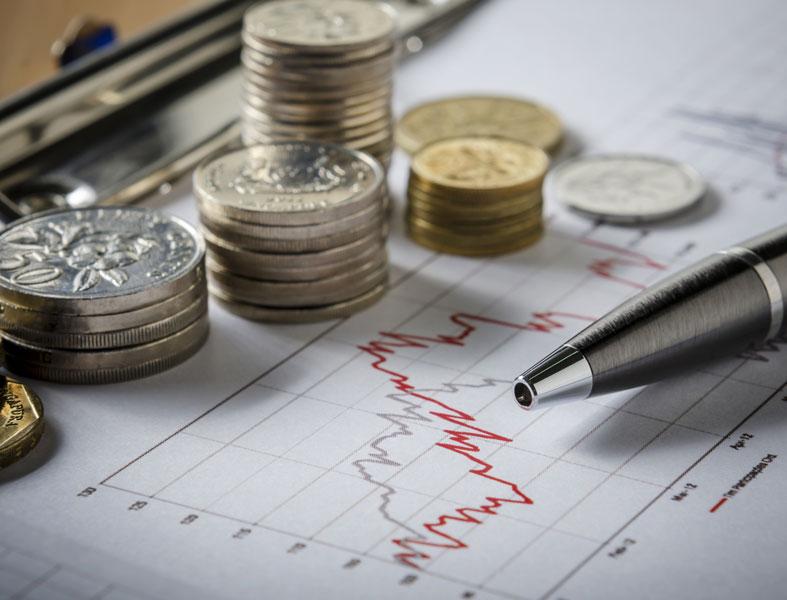Video Transcript
Jason Stipp: I’m Jason Stipp for Morningstar. As we’re approaching the end of 2014, investors are trying to squeeze in their portfolio checkups amid all their other plans. Here to help with a list of dos and don’ts is Christine Benz, our director of personal finance.





